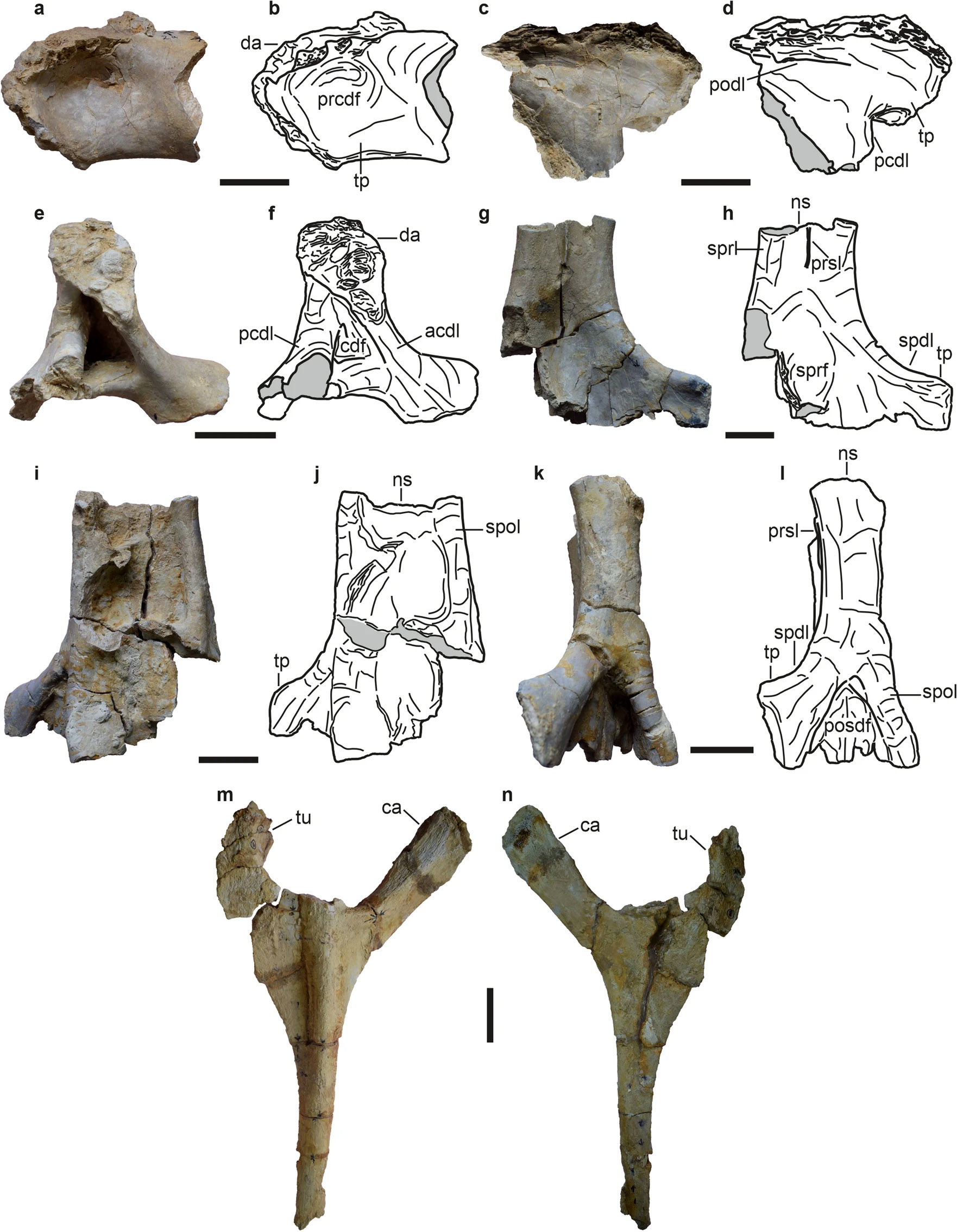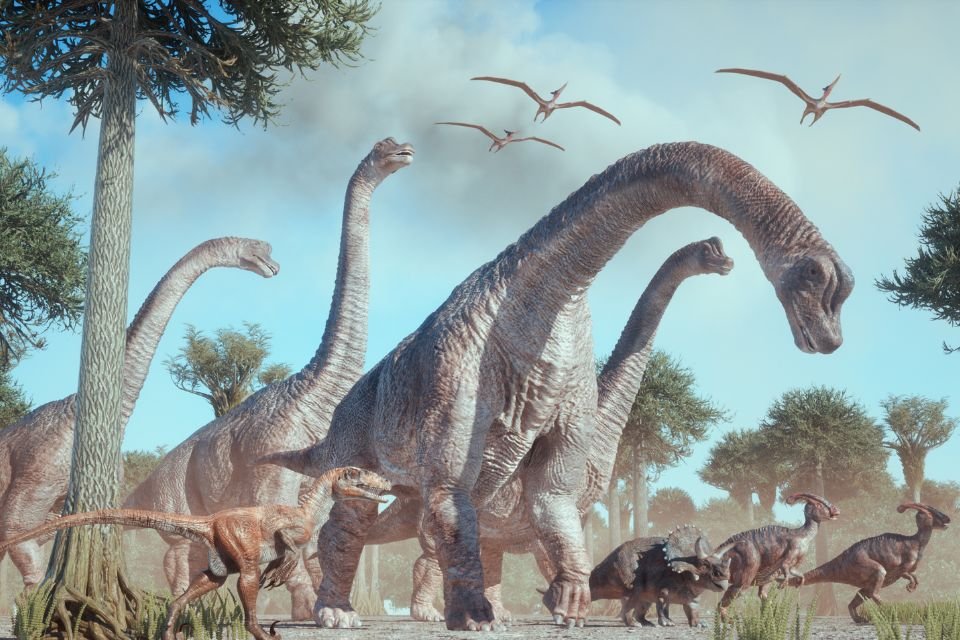After five years of research, a team of archaeologists from the Indian Institute of Technology and the Indian Geological Survey announced the discovery of an unprecedented new dinosaur in that area. fossil record of dicraeosaurid (long-necked herbivorous sauropods) in the world.
The new species was named after it was discovered in the Thar desert near the Indian city of Jaisalmer. Tharosaurus indicus. Unlike traditional Cretaceous sauropods, which had a small skull and long neck and tail, T. indicus on the sides of the neck bones there are depressions and paired nerve spines.
Although related to the long-necked giant sauropods, dicraeosaurids were smaller dinosaurs, It is a diverse period from the Middle Jurassic to the Lower Cretaceous periods (174 to 100 million years ago). Common in Africa and South America, these diplodocoids (the whip-tailed dinosaur lineage) had never been found before in India.
Looking for Sauropod Dinosaurs in India
Thar Desert, here T. indicus It was found, in what is now an arid and scorching region of the state of Rajasthan in Western India. But in the Mesozoic Era, which ended 66 million years ago, the landscape was completely different. The area was then a coastal region inhabited by large dinosaurs and sea creatures along the Tethys Ocean.
Researchers believe that this area probably played an important role in the emergence of neosauropods.It is also a subgroup of sauropods that have a long neck and feed on vegetation, but have smaller bodies.
Therefore the discovery T. indicus This is just a first step for others to come. Further studies may provide important clues about the origin of sauropods and how this species spread.
How important was the discovery of this dinosaur fossil?

The first author of the study, Professor Sunil Bajpai of the Indian Institute of Technology in Roorkee, explained in an interview with the Economic Times: “The significance of this discovery lies in antiquity.” After assembled on the central body of the puzzle made of bones T. indicus Spread over 25 square metersThe team has arrived at the oldest known diplodocoid.
Discovery T. indicus Debajit Datta, one of the study’s authors, told The New York Times that he positions India as an important region for the diversification of neosauropods. According to him, this conclusion can be confirmed when the formation of the continents during the Middle Jurassic period is taken into account.
The research states that the newly identified Indian taxon is “the remnant of a lineage that originated in India and spread rapidly to the rest of Pangea.” The research places Gondwana India at the center of the origin and evolution of neosauropod dinosaurs on Earth.
Stay up-to-date on science and archeology at TecMundo. If you wish, take the opportunity to learn how scientists named dinosaurs.
Source: Tec Mundo
I’m Blaine Morgan, an experienced journalist and writer with over 8 years of experience in the tech industry. My expertise lies in writing about technology news and trends, covering everything from cutting-edge gadgets to emerging software developments. I’ve written for several leading publications including Gadget Onus where I am an author.













